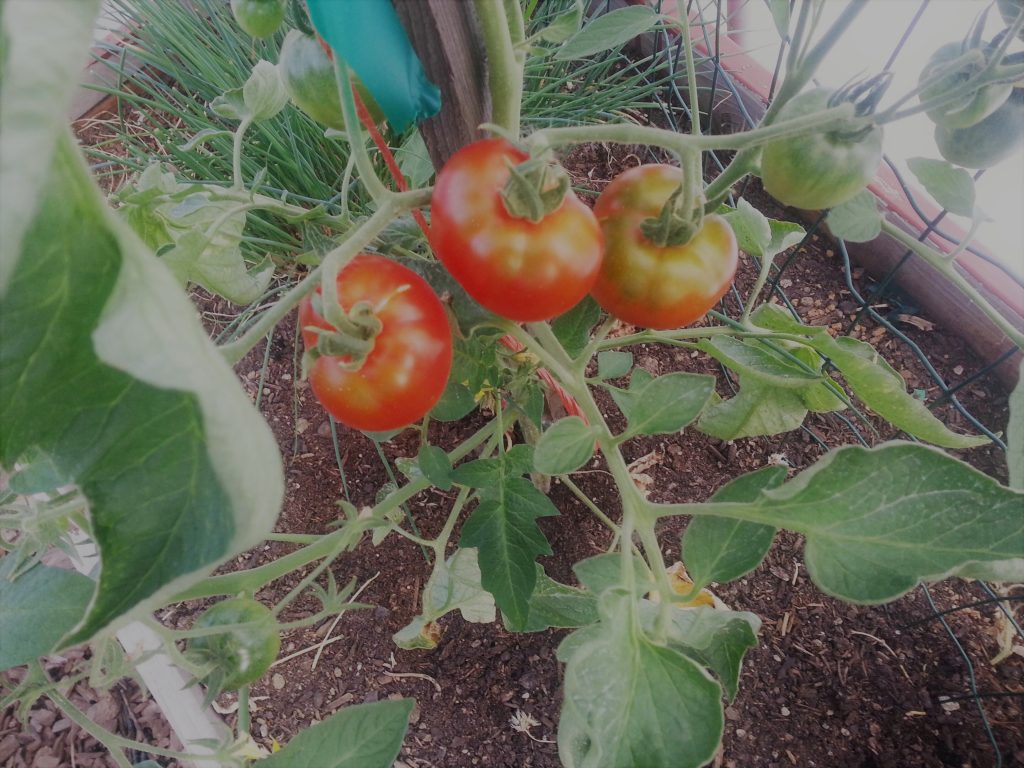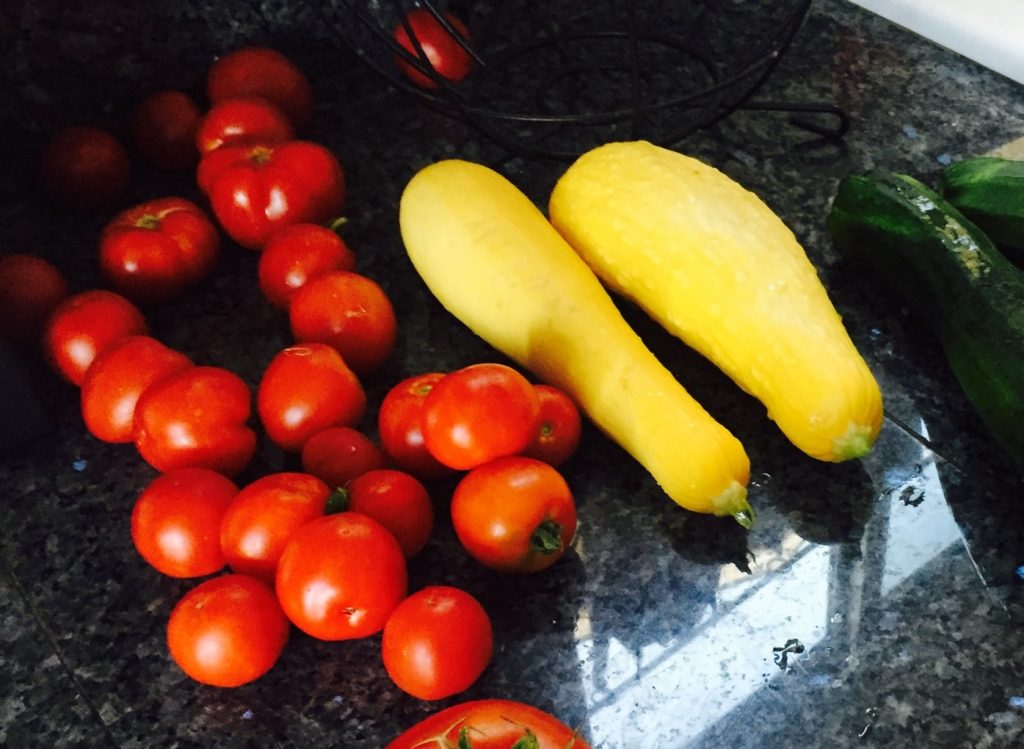Guest blog by Barry Arnold

If you love tomatoes and want to start your own from seed, now is the time to do it. You’ll need space on a sunny windowsill, and you’ll need to transplant them a couple times before setting them outside. Early Girl is a popular early variety. They do set fruit early in the season, but the skins are leathery and the fruit rather tasteless.
My favorite early varieties are #1 Stupice, #2 Thessaloniki and #3 Willamette. All three do great in a sunroom or greenhouse. If you would rather purchase plants than grow from seed, a great local source is Carl Barney at Uncle Wayne’s Tomatoes (Eagle Creek). Carl grows more than 300 varieties of tomatoes on his farm each year. Carl also welcome questions about any aspect of tomato growing.
One mistake many tomato growers in our part of the country make is purchasing plants too early. No matter how great the weather feels or how nice those plants look at the feed store, resist the urge to buy until mid-May. Any plants you set out before the first of June will just sit there and shiver until the ground warms up. Worse, they can easily pick up diseases and bugs.
There are two things you need to decide when selecting which tomatoes to grow.
- Heirloom or Hybrid: Do you want to harvest seeds from your tomatoes use those seeds to grow your tomatoes the next spring? Harvesting seeds is fun and very easy. Just “Google” harvesting tomato seeds and any number of websites will explain how to do it. If you want to harvest seeds, you need to select “heirloom” tomatoes. If the variety is “hybrid”, you cannot harvest seeds and get reliable results. The experts say hybrid tomatoes resist diseases better, but I really haven’t noticed any difference between heirloom and hybrid varieties in disease resistance.
- Determinate or Indeterminate: Determinate tomatoes have in their DNA a certain number of tomatoes they will yield. No matter how long the season is, they’re only going to give you that number (but they do yield well). Plus determinate plants are shorter and easier to control. Indeterminate varieties keep growing – and keep yielding – until cold weather stops them. The Stupice tomatoes I grow in my greenhouse start setting fruit and May and continue into December most years. I’ve read about indeterminate plants yielding fruit for two or three years! Of course, by then they’re more trees than plants. You can just plan on having to support indeterminate plants with a cage or by thing the stalks to wires.
I try to plant five or six varieties of tomatoes just in case some of my seed is bad or one or two varieties doesn’t like the weather that particular Oregon summer gives us. Besides the three I mentioned, above, some other varieties I like a lot are Beefsteak, Big Red, Mortgage Lifter, and Box Car. Golden Queens taste wonderful – perhaps my favorite of all – but they’re pretty juicy and don’t go well on sandwiches.
Three more tips. First, always plant (or transplant) tomatoes deep. Put most of the stalk in the ground. Some people lay the stalk horizontally just a couple inches underground. The underground portion of the stalk will grow roots giving the plant more food and a stronger foundation. Second, pinch off suckers up to the first set of blossoms. That will keep the plant growing up instead of out (especially important for indeterminate varieties. Third, if the tomato is growing past three or four feet and it’s not setting fruit, pinch off the new growth for a while. This reminds the tomato that it isn’t going to live forever so it better start reproducing instead of just growing taller.
Get those raised beds built and be ready for a fun summer of growing some of the best food earth offers – tomatoes!

Barry Arnold is an avid gardener and outdoorsman. He is the founding Pastor of Cornerstone Church in Gresham, Oregon.
